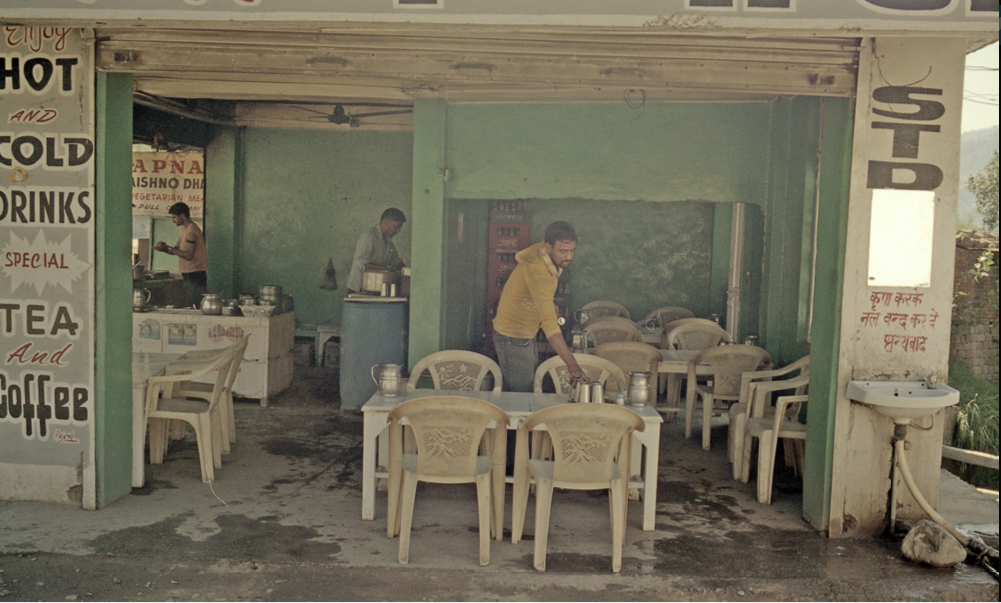Social documentary photography has its special functions that are relevant to the photographer and viewer. Its purpose is to convey socially important issues through the emotional perception that the objects in the picture convey. A monoblock chair is an example of a democratic design and a context-free object. However, the photographer can see by placing it in context, how can add to the picture the meaning and depth necessary for social and documentary photography.


Images of these chairs perfectly display cultures in which plastic chairs are only affordable furniture. The chair that replaced regular sit in the wheelchair show social problem of poverty and insufficient social support system.
Few people are familiar with the history of monoblock chairs, although they have them at home or at least used them at work, school, or on a picnic. The first monoblock plastic chair was made in 1946 in Canada, but it was launched into production only in 1964 (Rashid. 2020). Further, the technology of molding chairs by using the air flows developed and progressed, which allowed people to create many beautiful and comfortable designs at a low price (Rashid. 2020). A variety of designs allow using a monoblock chair in different interiors from modest and elegant to modern and cocky. These features attribute plastic monoblock chairs to furniture with a democratic design as they combine practicality, quality, good appearance, and low price, so they are affordable for most of the population (Democratic design, n.d.).



In addition, one of the main features of the monoblock chairs for photography is that it is context-free but, at the same time, adds meaning to them. This kind of chair can be called context-free because it does not carry any information on its own. It is impossible to guess in which country, at what time, and under what circumstances a photo was taken if only the chair is analyzed. However, if one pays attention to the details surrounding the monoblock furniture, he or she can see that it complements and expresses emotions, cultural features, the interior, social problems, and even whole stories.






Therefore, these pictures demonstrate that monoblock chairs are universal for use, art, and social documentary since they are context-free and can be used for various purposes by anyone.
References
Democratic design. Design for everyone. (n.d.). Web.
Rashid, K. (2017). A brief history of the humble plastic chair (and its oil-free future). CNNStyle. Web.